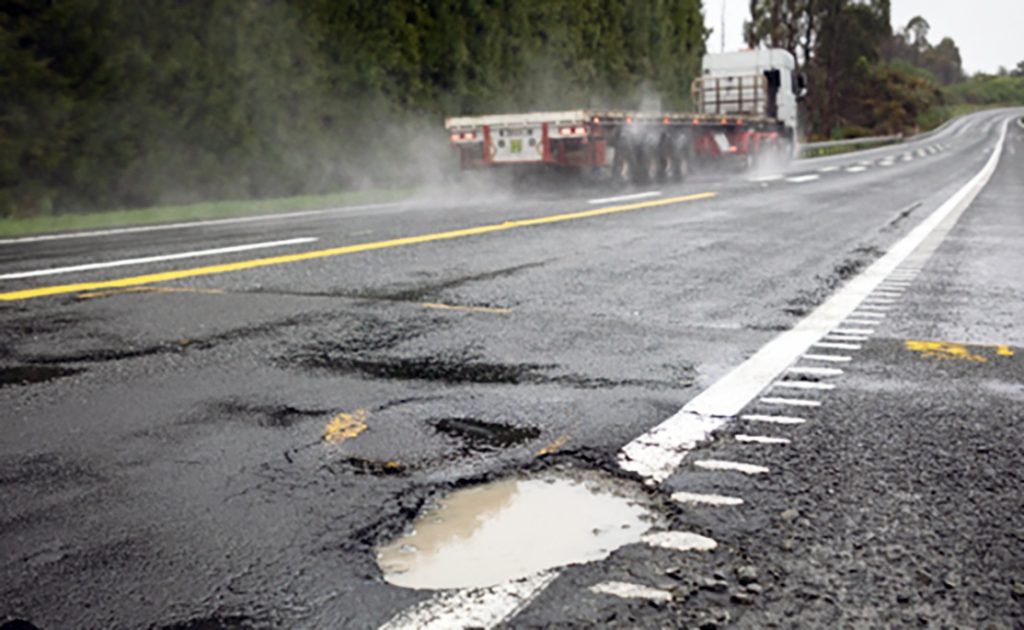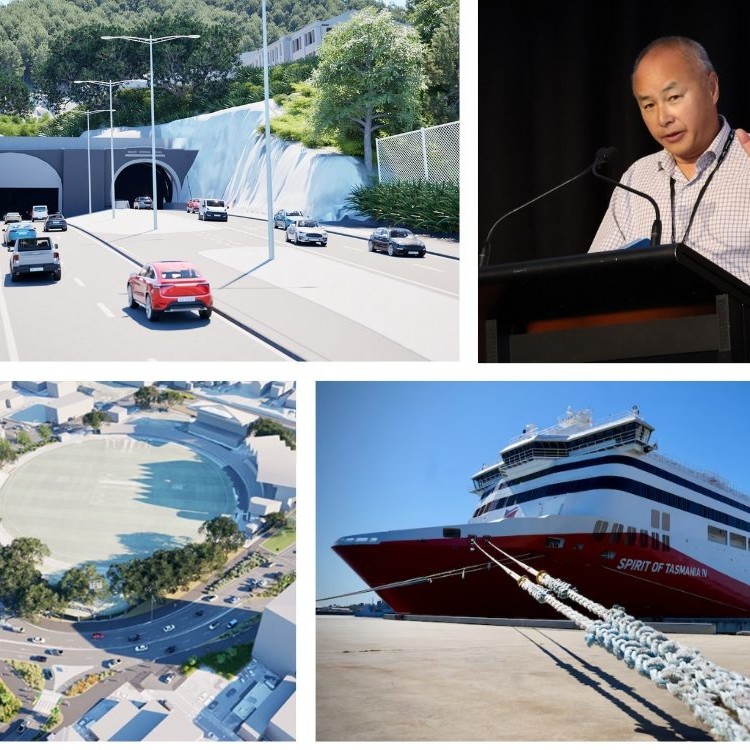
The recent announcement by Transport Minister Simeon Brown that $4 billion will be spent preventing potholes around the country is good news, both for the road transport industry and general motorists.
Road transport operators have long complained about substandard roads. Damage to vehicles can be expensive to fix, while delays in getting products to where they need to go affect businesses and the wider economy.
The deteriorating state of New Zealand’s roading network is the result of decades of under-investment. More funding is long overdue.
Some critics have argued that larger trucks are responsible for the increased number of potholes. However, a deeper dive into the facts behind road science reveals this is not the case.
I’m not a pavement engineer but I do have an engineering background and the view that the high axle loads of trucks cause potholes is, in my opinion, simply not true.

Heavy axle loads will have an impact and ultimately that loading can deform the pavement. The deformation occurs because the layer of pavement below the seal is compressed, and that results in a set of continuous ruts occurring in the lane mirroring the track width of the tyres of trucks and trailers. That failure mechanism is typically called “rutting”.
Potholes are typically relatively isolated events. There is either an isolated failure in the pavement which causes a weak spot and/or there is a failure in the seal (the black asphalt cover) which allows water to get into the pavement structure and erode and weaken it. The road centreline and lane edge line are not areas that typically undergo significant axle loading yet theses failures have still occurred.
Granted, if the pavements and seal are not maintained, excessive rutting can lead to seal failure which in turn increases the risk of pot holes appearing, but the underpinning causation factor is the pavement failing, quite likely due to it not be rehabilitated on schedule.
Should heavy trucks pay more to keep the roads in a serviceable condition? Well, they already pay. The most recent independent analysis of this matter was prepared by Ian Wallis Associates, under contract to the Ministry of Transport, and completed in April 2023, and is entitled the New Zealand Domestic Transport Costs and Charges (DTCC) Study.
The DTCC Study shows that no road users pay their full costs. However, breaking down the aggregated figures between personal transport and freight movements shows the $4.8 billion total user revenue is earned about $2.9 billion from personal transport (average cost recovery 49 per cent) and $2 billion from freight transport (average cost recovery 56 per cent). In other words, the average cost recovery for freight transport is higher, or better, that the cost recovery for personal transport.
Furthermore, when considering respective user charges and the public sector costs covered by each mode, cars cover 55 per cent of their costs, rail freight only covers 39 per cent of its costs, while heavy trucks are covering 76 per cent of their public sector costs.
It is true that trucks can be bigger and heavier than they used to be a few decades ago and now include HPMVs, or High Productivity Motor Vehicles, such as 50MAX – nine axle vehicles over 44 tonnes. However, these vehicles are paying significantly higher levels of road user charges than other vehicle classes, reflecting their impact on the road.
It is also far more efficient to have fewer, heavier trucks carrying bigger payloads than it is to have smaller, lighter vehicles making more frequent trips. This results in not only less congestion but lower emissions. The use of larger, more productive vehicles can reduce carbon emissions by between 20 per cent to 35 per cent, according to the International Road Transport Union. In order to realise these benefits, our roads and infrastructure, including bridges and intersections, must be fit for purpose.
Our truckies are more than happy to contribute via road user charges to a system that focuses on keeping the roads up to a high standard, including better pothole maintenance. For New Zealand’s economy, and for our communities, that’s essential.





